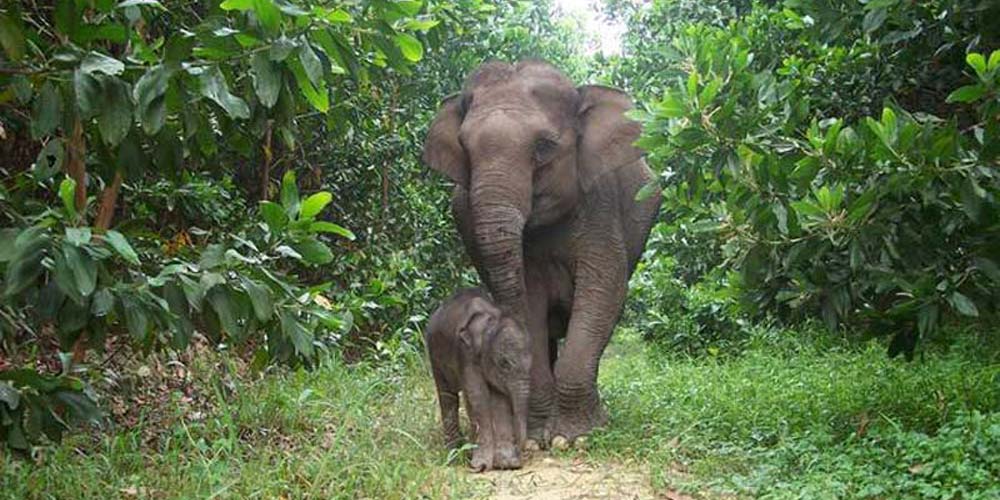

The Andaman and Nicobar Islands have been a point of fascination for travelers for centuries, with its rich biodiversity, indigenous tribes, and stunning natural beauty. However, the history of tourism to these islands—and particularly to more secluded spots like Interview Island—is relatively recent.
Early History
Until the mid-20th century, the Andaman and Nicobar Islands were largely isolated from the outside world, and were known primarily as a British colonial penal colony due to the infamous Cellular Jail in Port Blair. The indigenous people of these islands lived with limited contact with the outside world, and much of the islands were unexplored.
Opening to Tourism
It wasn't until the late 1970s and 1980s that the Indian government began to promote tourism to the Andaman and Nicobar Islands as part of a larger effort to integrate the islands into India's economic landscape. Initially, tourism was concentrated around Port Blair, the administrative capital, and nearby attractions like the Havelock Island (now Swaraj Island).
Interview Island's Unique Position
Interview Island itself remained off the beaten path for most tourists, partially due to its status as a sanctuary. The island is known for its pristine wilderness, which includes the famous Interview Island Wildlife Sanctuary, established to protect its fragile ecosystem and the wildlife it supports, including a population of feral elephants.
Current Tourism Trends
Modern tourism in the Andaman and Nicobar Islands, and Interview Island by extension, has seen a trend toward eco-tourism and sustainable practices. The Indian government, along with various NGOs, emphasizes the importance of preserving the islands' natural environment while allowing tourists to experience their untouched beauty.
While Mayabunder, the closest significant town to Interview Island, is becoming more popular as a base for tourists looking to explore the less commercialized parts of the Andaman archipelago, Interview Island itself remains a destination for more adventurous travelers who are granted permission to visit.
Access and Restrictions
Access to Interview Island is controlled in order to protect its ecological integrity. Tourists may visit the island with special permissions from the Forest Department, and typically as part of guided tours that respect the sanctuary's guidelines. These restrictions, along with the island's remote location, mean that tourism is limited, thus preserving the island's untouched allure.
In summary, although Interview Island is not a traditional tourist hotspot, it represents an important part of the Andaman and Nicobar Islands' growing commitment to responsible and sustainable tourism. For the discerning traveler, it offers an opportunity to experience nature at its most pristine, much as it has existed for centuries untouched by large-scale human interference.